There are two hurdles to catching beasts using tying traps. The first hurdle is to have the beast step on the trap tightly tied.
Predicting the movement of the animal's feet, you pinpoint and bury the trap in the position where it will step on , but if you are a beginner, you can't read where to bury it. tips ).
When you can read the movement of the beast and make it step on the board, you will be able to see the "empty repelling" as the second hurdle.
"Sky Hajiki" means that you can't catch it even though the tying trap has been activated. From the side of the set, you may wonder, "I was able to step on it properly, why?"
This time, I will explain the tying trap technique to reduce sky repelling.
Factors of air repellency
Empty cissing is inevitable in catching fish using tying traps. There are various factors that cause air repelling, but it is important to take measures against possible factors as much as possible.
Typical causes and countermeasures are introduced below.
Factor 1: A case where the trap works normally but escapes
Especially when the target is a wild boar, it is more agile and alert than other animals. As a result, there are more air repellents than other animals. When a wild boar feels that its footing is unstable, it withdraws quickly.
In order to get them to step firmly, it is necessary to devise a way to prevent rattling when set. If the type has a pedestal, be careful not to wobble the pedestal during installation. It is important that the pedestal does not sink or move when the pedestal is set and held down by hand. Some people have the pedestal firmly fixed with stakes or boards.
Also, in the case of a burrowing type tying trap, it is desirable that the hole under the tread is as deep as possible. If the operating load is too light, air repelling will also occur. It's a good idea to test and adjust the operating load so that the trap works when the target is firmly stepped on. In the case of wild boar, the load is often adjusted so that it does not operate under 20 kg.
Depending on the structure of the trap you are using, bamboo skewers and toothpicks are recommended as they can be used for various adjustments.
One point advice in case of flip-up type tying trap
As shown in the figure below, idling will be reduced if the arm rises to the side of the animal trail (orange line) and the tying metal fitting is placed near the base (hinge) of the arm. tend to.
The installation method in which the arm goes up in front of and behind the animal's path is likely to cause the animal's legs to get in the way and cause empty hits.

Look for roads that the target beasts are likely to take often, check the roads carefully, and predict how they will walk before deciding where to install them. If you look closely, you will be able to read where to put your right and left foot.
If the wire hangs on the back leg, it is easy to cut the leg or the wire, so aim for the front leg. Also, the legs of deer and wild boar have a main hoof at the tip and a secondary hoof at the heel position, and if the wire can tie the upper part of one of them, the wire will not come off easily.
Factor 2: Traps are normal but not working
If the edge of the footboard is stepped on, the balance of the load will be unbalanced, making it easier for the product to malfunction or escape. Therefore, it is necessary to devise ways to increase the probability that the center of the footboard will be stepped on.
It is a good idea to make the surrounding area difficult to step on with obstacles (tree branches, stones, etc.) and guide the stepping on the central part of the footboard.
Too much camouflage soil or foliage can also hinder the operation of the trap. Also, if the soil around the kukuri trap is prone to crumbling, it may collapse and malfunction, so try to set it in a place where it will not crumble as much as possible.
If it is unavoidable, the soil around the trap may be hardened at the time of installation so that the surroundings of the trap will not collapse even if the beast steps on it. In some cases, traps freeze and become inoperable, or rain makes the soil heavy and slows down the operation.
It is also important to select a location where there are as few things that could cause malfunction as possible.
Factor 3: Not working well due to gimmicks
Parts of the trap can also slow down the wire. For example, if the wire is kinked or bent, it will create resistance and hinder movement.
Wires are considered consumables because once a big fish hits them, they are almost useless. In addition, if the movement of the trap seems to be hindered due to damage or deformation of parts, from a safety point of view, do not hesitate to replace it with a new one.
Also, it would be a good idea to devise various devices so that there is no resistance from the parts when tightening. Trap hunting is often compared to fishing. Good anglers pay close attention to the condition of their rig even if they can't catch a catch.
And I'm doing a lot of ingenuity after trial and error. People who are good at fishing are often good at trapping. Observing the structure of the trap you are using, talking to someone who is good at it, and gathering information on the Internet, I think you can get a lot of hints for solving sky repelling.
Factor 4: The tying trap is activated by someone other than the target
There have been cases of tying traps being activated by other non-target animals. For example, a wild boar was targeted, but a raccoon dog activated a trap.It may also be activated by other factors rather than by animals. It is also a good idea to carefully observe the location where the sky repelling occurred and the surrounding conditions, and use a trail camera or the like as necessary.
summary
Placing a trap may prevent the beast from following the path, or create a detour to avoid the area where the trap is. As a foundation, it is important to set traps so as not to leave human scents and traces as much as possible.
In addition to that, you can increase the catch rate by eliminating things that cause air repellency in advance, as explained in this article. We recommend that you thoroughly check the condition of the trap in advance.
In addition to the above, there are various capture failure patterns, but I think that most of them fall under the above. If you are worried about air repelling, I would appreciate it if you could refer to it.

 箱罠
箱罠
 くくり罠
くくり罠
 パーツ類
パーツ類
 電気柵
電気柵
 自作キット
自作キット
 防獣グッズ
防獣グッズ
 監視カメラ
監視カメラ
![[Explanation step-by-step] From catching wild boars by tying traps to catching them alive](http://inohoi.jp/cdn/shop/articles/inoshishi_1_-min_520x500_520x500_520x500_520x500_4420c9dd-b9d3-4280-ac59-33eb8c1d1501.jpg?v=1759380216&width=750)
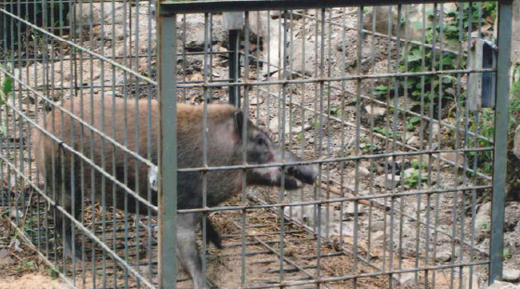
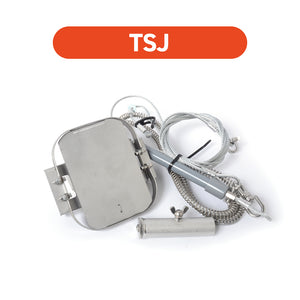
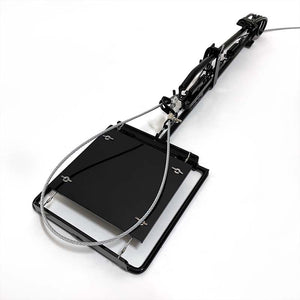
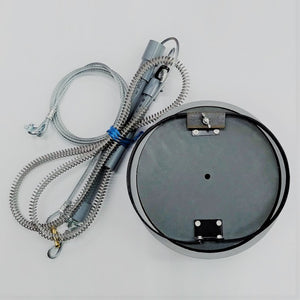
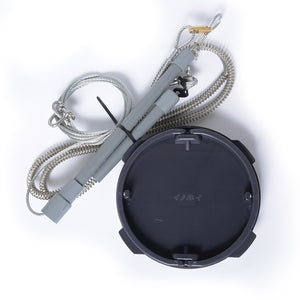
 box trap
box trap
 tying trap
tying trap
 enclosure trap
enclosure trap
 Prevention and avoidance goods
Prevention and avoidance goods
 electric fence
electric fence
 trap surveillance camera
trap surveillance camera
 transportation goods
transportation goods
 Trap detection sensor
Trap detection sensor
 hunting supplies
hunting supplies
 hunting books
hunting books
 Anti-bird goods
Anti-bird goods
 Agricultural materials/machinery
Agricultural materials/machinery
 boar
boar
 deer
deer
 Kyon
Kyon
 monkey
monkey
 raccoon
raccoon
 Badger
Badger
 palm civet
palm civet
 raccoon dog
raccoon dog
 nutria
nutria
 mouse or rat
mouse or rat
 Mole
Mole
 bear
bear
 pigeon
pigeon
 Crow
Crow







